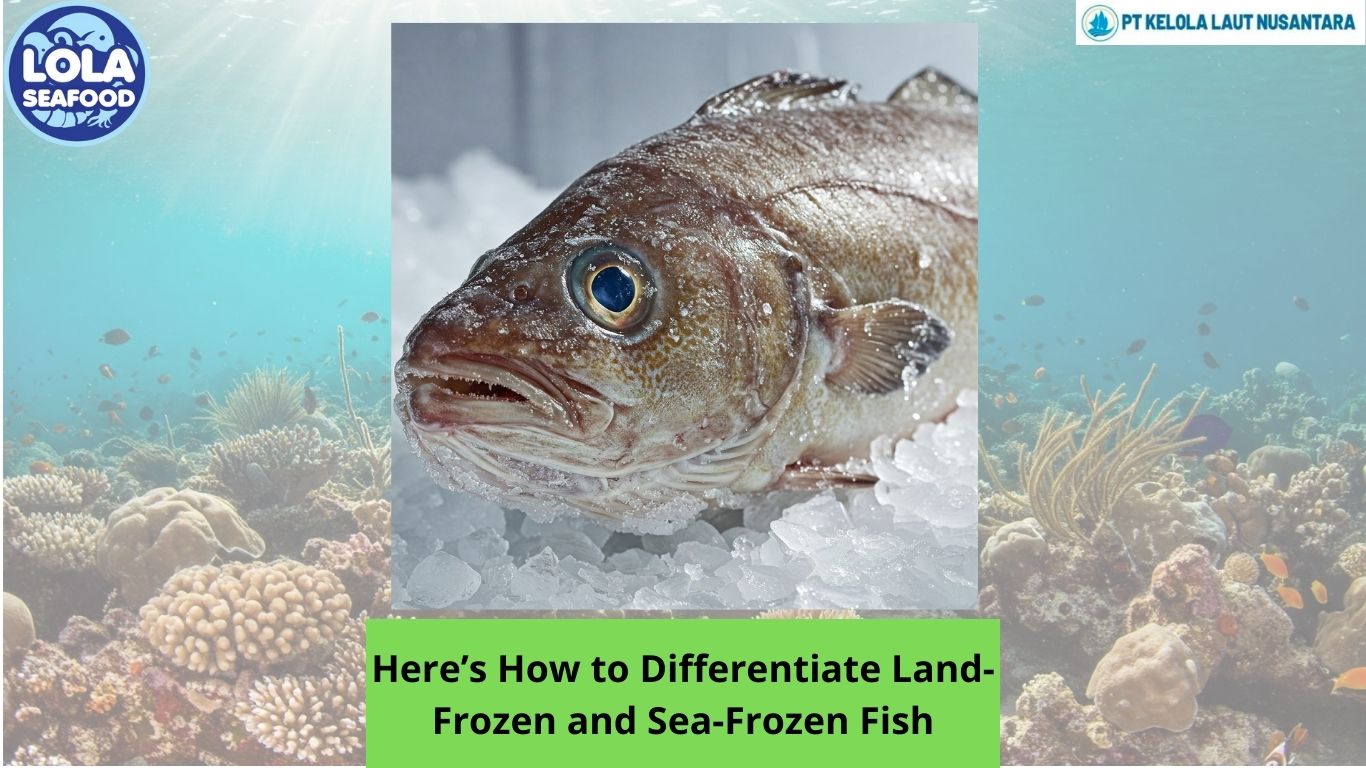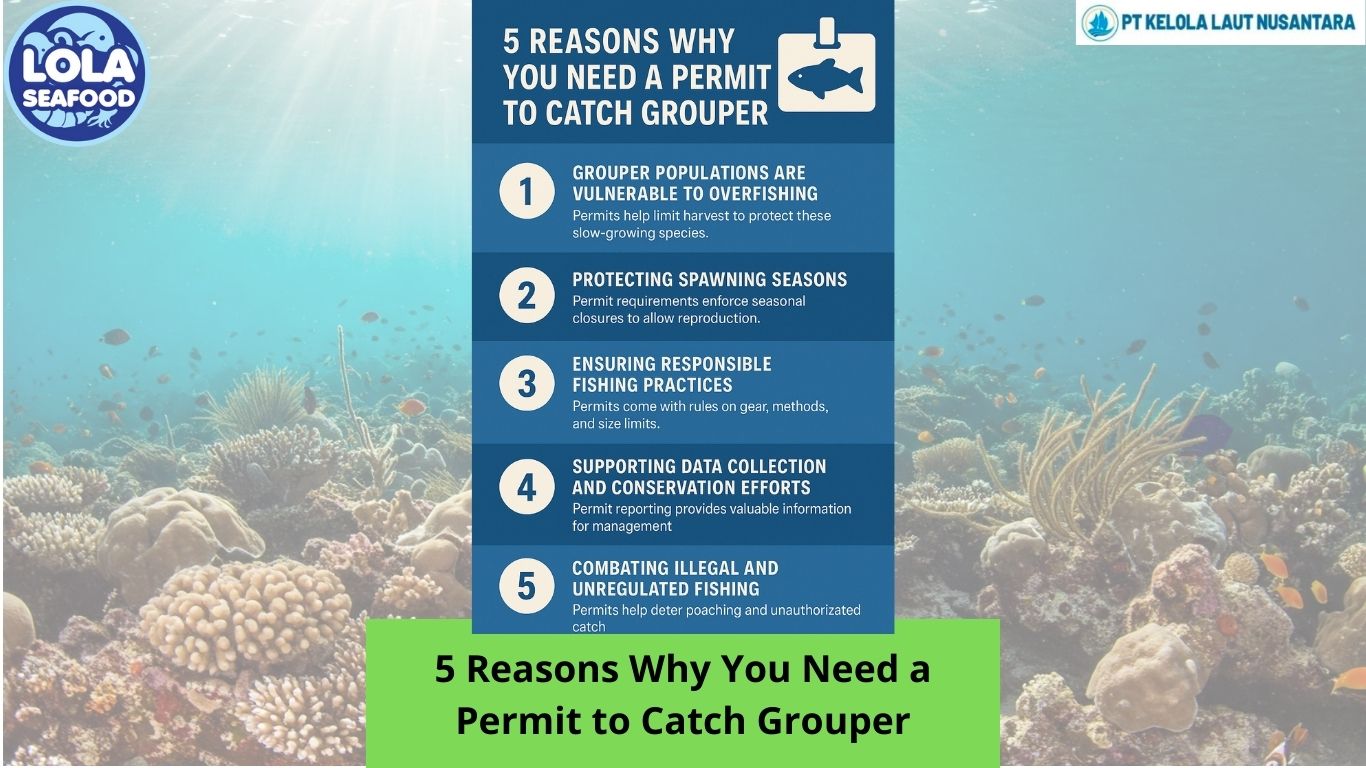Consumer Preferences and Packaging Designs in the Frozen Fish Market
By. Najih - 17 Jul 2024.jpg)
The frozen fish industry relies heavily on effective packaging to maintain product quality, safety, and appeal. Packaging not only serves as a protective barrier but also communicates brand identity and product information to consumers. Consumer preferences are influenced by a variety of factors including convenience, sustainability, and perceived quality, all of which are closely intertwined with packaging designs.
Factors Influencing Consumer Preferences
- Convenience: Consumers often prioritize convenience when selecting frozen fish products. Packaging that offers easy storage, handling, and preparation can significantly influence purchasing decisions.
- Visual Appeal: Aesthetic considerations such as color, graphics, and overall design impact consumer perception. Packaging that visually communicates freshness and quality can enhance product appeal.
- Information Transparency: Clear and accurate information on packaging regarding ingredients, nutritional content, and cooking instructions instills consumer confidence and aids in decision-making.
- Sustainability: Increasingly, consumers are seeking environmentally-friendly packaging options. Materials that are recyclable, biodegradable, or use less plastic resonate positively with environmentally-conscious buyers.
Popular Packaging Designs
The frozen fish market employs various packaging designs to cater to diverse consumer preferences:
- Vacuum-sealed Bags: Commonly used for fillets and portions, vacuum-sealed bags preserve freshness and extend shelf life.
- Trays with Films: These packages offer visibility of the product and are often used for whole fish or larger cuts, enhancing consumer confidence in product quality.
- Microwave-safe Packaging: Convenience-focused designs that allow consumers to cook or reheat fish directly in the packaging, reducing preparation time and cleanup.
Technological Innovations
Advancements in packaging technology continue to drive innovation in the frozen fish industry:
- Active and Intelligent Packaging: Incorporating technologies such as oxygen scavengers and time-temperature indicators to enhance product shelf life and safety.
- Modified Atmosphere Packaging (MAP): Adjusting the atmosphere within the package to optimize freshness and prevent spoilage.
- Barrier Films: Utilizing advanced materials to create barriers against moisture and odors, maintaining product integrity during storage and transportation.
Challenges and Opportunities
Meeting diverse consumer preferences presents challenges but also opportunities for manufacturers:
- Cost Considerations: Balancing consumer demands for high-quality packaging with cost-effectiveness.
- Regulatory Compliance: Adhering to stringent food safety and labeling regulations while innovating in packaging designs.
- Customization: Personalizing packaging to target specific consumer demographics or market segments can enhance product differentiation and appeal.
Future Trends
Looking ahead, several trends are expected to shape packaging designs in the frozen fish market:
- Sustainable Solutions: Increased adoption of eco-friendly materials and packaging practices to reduce environmental impact.
- Smart Packaging: Integration of digital technologies to provide real-time information on product freshness and storage conditions.
- Personalized Packaging: Customizable packaging options that cater to individual consumer preferences and dietary requirements.

.jpg)
.jpg)
.jpg)




